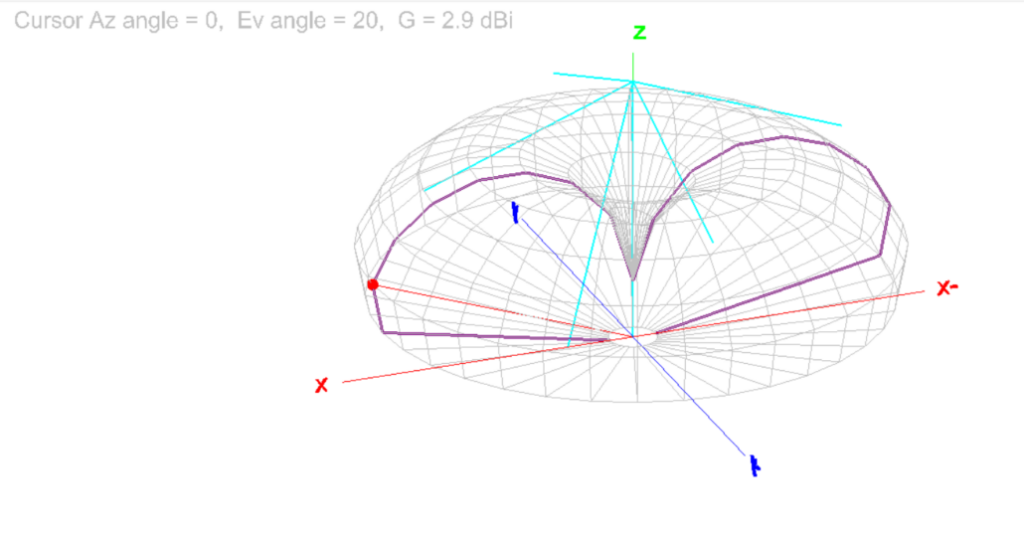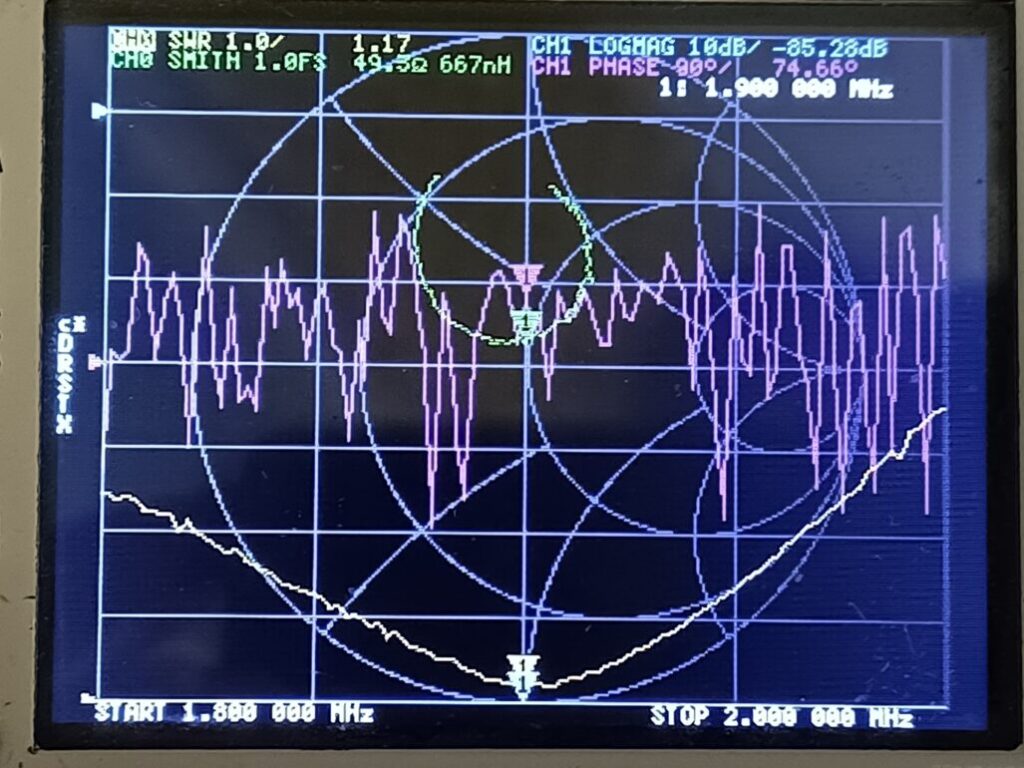Achieving satisfactory results in the 160m band can often be quite a challenge. While I've reached the stage where I start to hear more than I can do, the transmitting antenna still leaves a bit to be desired. So far, I've used a T-antenna – a vertical antenna with a top capacity that stretched along the north-south axis. This configuration slightly favored the east-west direction, offering a bit more gain in those directions. I could confirm this multiple times during the CQ WW or CQ 160 contests, where making contacts with, for example, Italian stations posed some problems.
This year, before the CQ 160 contest, I decided to conduct an experiment that turned out to be a success. I redesigned the top capacity to resemble two inverted V antennas set perpendicular to each other. Additionally, I moved the feeding point to the top of the antenna.


Summarizing, the antenna looks like a metal, 20m umbrella with only four "spokes" about 17m each. At the ground level, radials spread out from the umbrella (the more, the better, of course – in my case, there were 24 pieces, each 18m long). In a typical T antenna, an L-type matching (I personally use an s-match box) would be between the vertical part and the radials. To move the feeding point away from the lossy ground (to increase radiation resistance), I fed the antenna from the top. It looks like this: a wire is led from the top of the antenna and goes down to a point about 5m away from the central point (from the mast). This point is grounded and additionally connected by a wire to the radials at the mast.


As you can see, the simulation matches quite accurately with what was successfully built! 🙂
Remember – it's just 5W on 160m!
For those interested, I've included mmana so you can experiment on your own. The matching isn't yet correctly accounted for, so if you know how to do it properly, or if you have ideas for further improvements, let me know in the comments!
